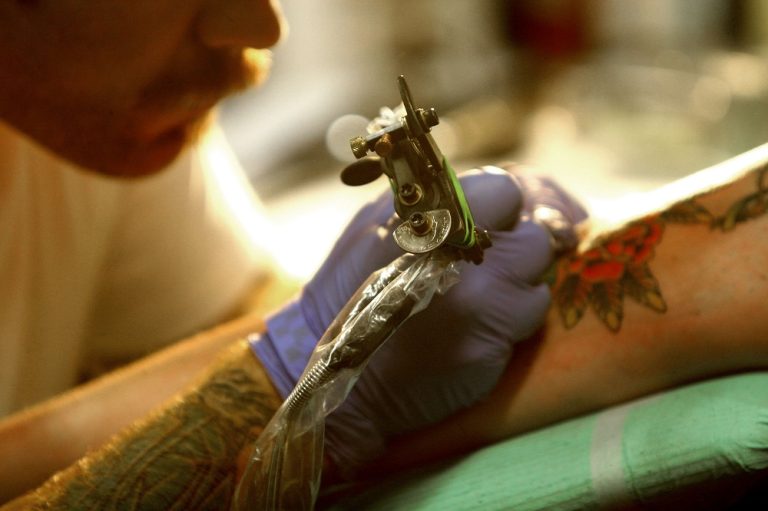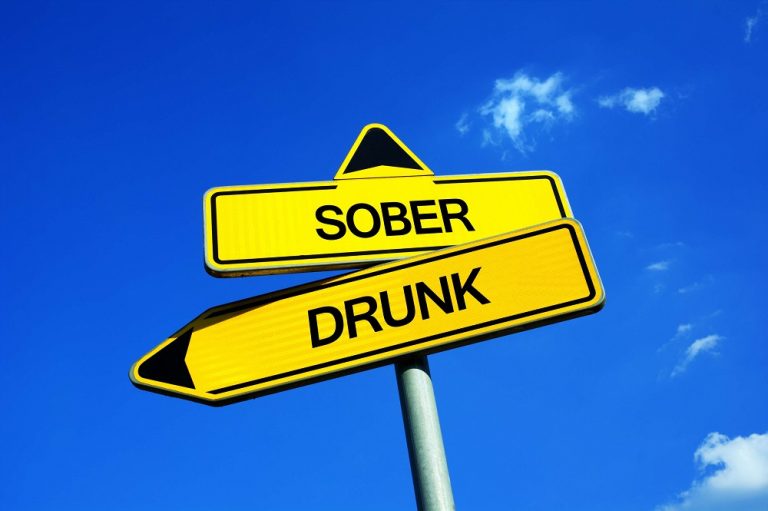Alabama has the third-highest rate of under-21 deaths related to excessive alcohol use. Discover the impact alcohol has on children living with a parent or caregiver with alcohol use disorder. Find out how many people have alcohol use disorder in the United States across age groups and demographics. Alcohol overdose can lead to permanent brain damage or death, so a person showing any of these signs requires immediate medical attention.
Non-Alcoholic Alcohol

One in three people who receive treatment for alcohol problems remain symptom-free after one year, according to a study cited by the National Institute on Alcohol Abuse and Alcoholism. Fetal alcohol syndrome (FAS) is a condition that results when a pregnant woman drinks alcohol during pregnancy. FAS causes growth problems in some babies, as well as intellectual disabilities or behavioral problems.

Americans and the Future of Cigarettes, Marijuana, Alcohol
- The District of Columbia’s alcohol-related death rate increases faster than any U.S. state’s, and the rate of binge drinkers is very high.
- Young drivers aged 15 to 20 years are particularly at risk; about 30% killed in crashes tested positive for alcohol.
- Meanwhile, portrayals of White drinking habits are likelier to be seen as humorous or charming (e.g., wine mom culture).
- In 2021, alcohol-related deaths among women increased by an alarming 35% compared to earlier years.
Alcohol poisoning (14.85%), suicide (10.44%), heart disease (9.18%), liver disease (31.08%), and car crashes (7.45%) are the leading causes of alcohol-related deaths among Americans. Excessive alcohol consumption brings with it a variety of health and safety concerns, as reflected in these statistics. These statistics underscore the pervasive impact of alcoholism on individuals, families, and society at large. With insights on its prevalence, economic effects, and measures taken to address this growing Alcoholism Statistics concern.
Country Demographic Alcoholism Statistics
Every alcoholic drink consumed creates an extra $2.05 in economic costs to address alcohol-related impacts. While a full continuum of evidence-based care can help increase your chances of success, long-term recovery is about bettering your life outcomes over time. While detoxing from alcohol, respondents’ withdrawal symptoms lasted for an average of 4.83 days.
Paying for Treatment
- Together, substance misuse easily surpasses $1 trillion in total annual costs once all indirect impacts are included.
- A century ago, some countries had much higher levels of alcohol consumption.
- An often-overlooked preventive factor involves the continuing influence of parents.
- Rural communities often have fewer treatment facilities; telehealth expansions offer a potential solution but require reliable internet and local infrastructure.
Alcohol-related deaths in Vermont are average, but under-21 deaths are among the lowest nationwide. Oregon’s alcohol-related deaths are among the nation’s oldest, with chronic abuse the most significant cause of death. New York has the third-lowest number of alcohol-related deaths per capita among all U.S. states. New Jersey has the second-lowest number of alcohol-related deaths per capita (Utah has the lowest).
Prevention and Education
In a SingleCare survey, 21% of males and 16% of females reported drinking more alcohol as a coping mechanism for anxiety. Environmental causes may include easy access to alcohol or social norms that promote drinking. Alcohol abuse refers to drinking an excessive amount of alcohol, despite the harm that may come to a person’s health, relationships, or other areas of their life, according to the CDC. It has been estimated that alcohol abuse costs the United States billions of dollars in lost workplace productivity and extra healthcare expenses every year.

Four Notable Data Points by Region
The expenses are not limited to loss of wages, either; they can also involve legal fees and fines for crimes committed under the influence of alcohol. Of the adolescents currently using alcohol, approximately 4.2 million (11.1%) reported binge drinking, while 825,000 (2.2%) reported heavy alcohol use. Moreover, as societal attitudes continue to shift toward viewing alcoholism as a treatable medical condition rather than a moral failing, we can expect greater openness Alcoholics Anonymous to seeking help.
